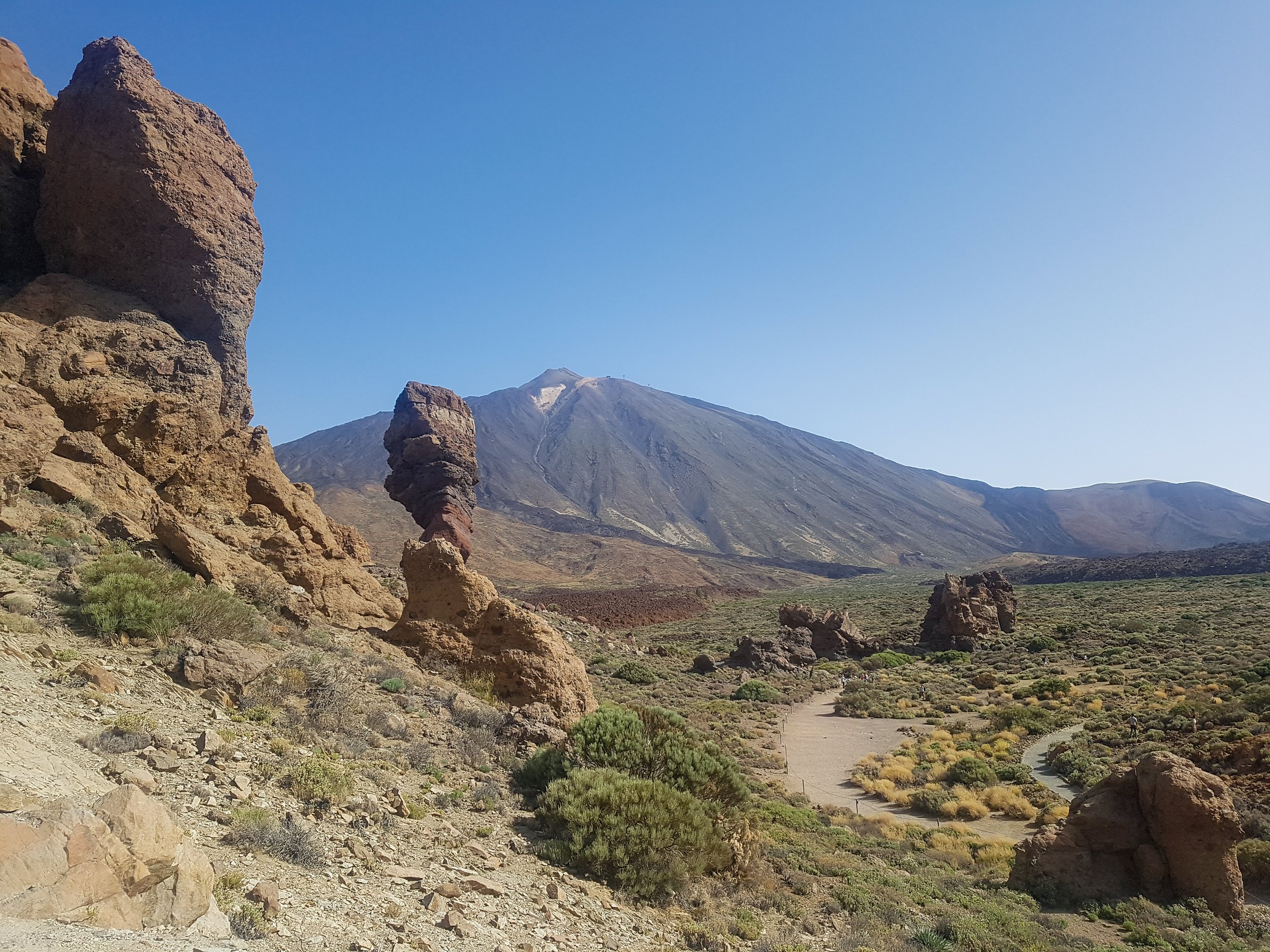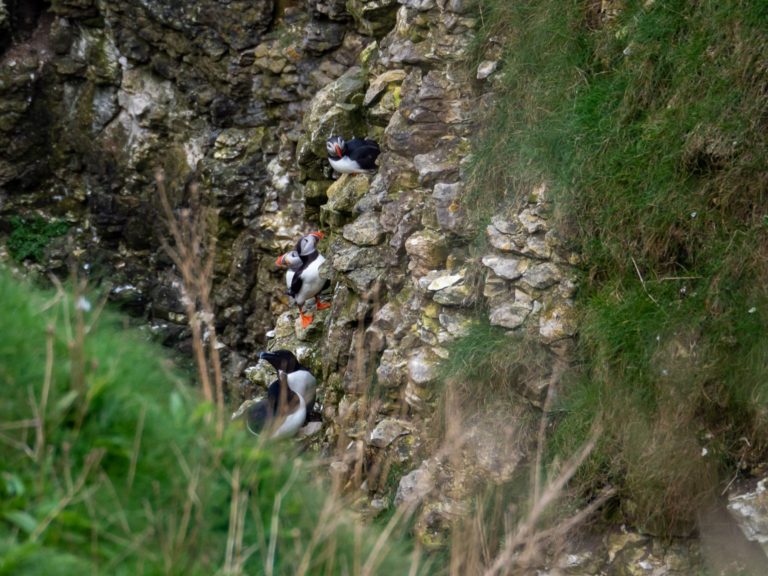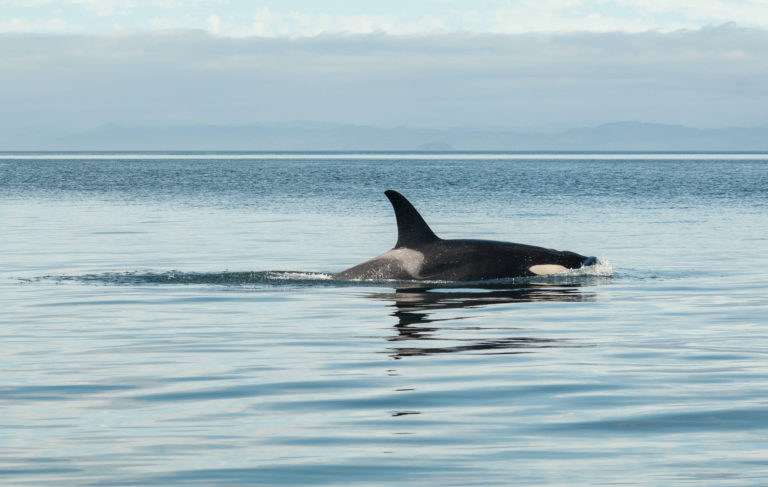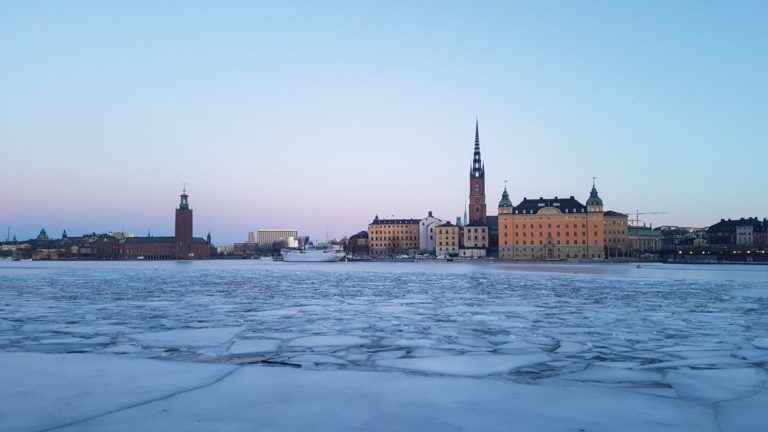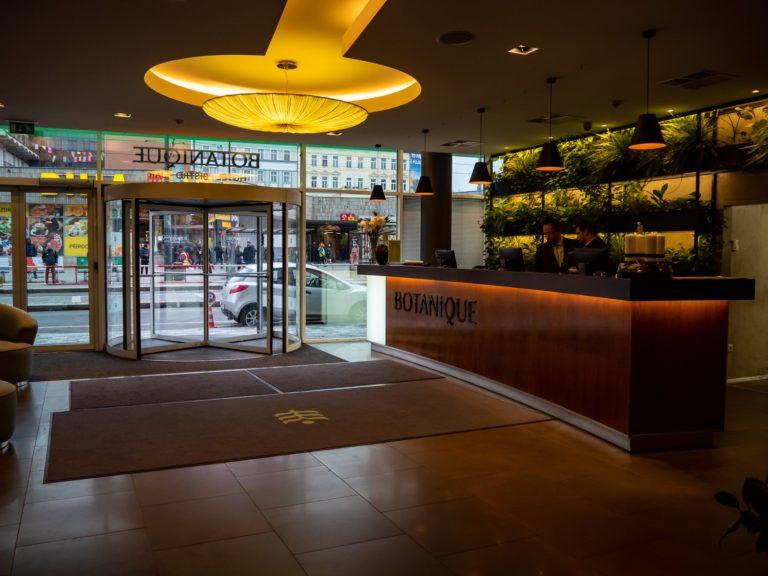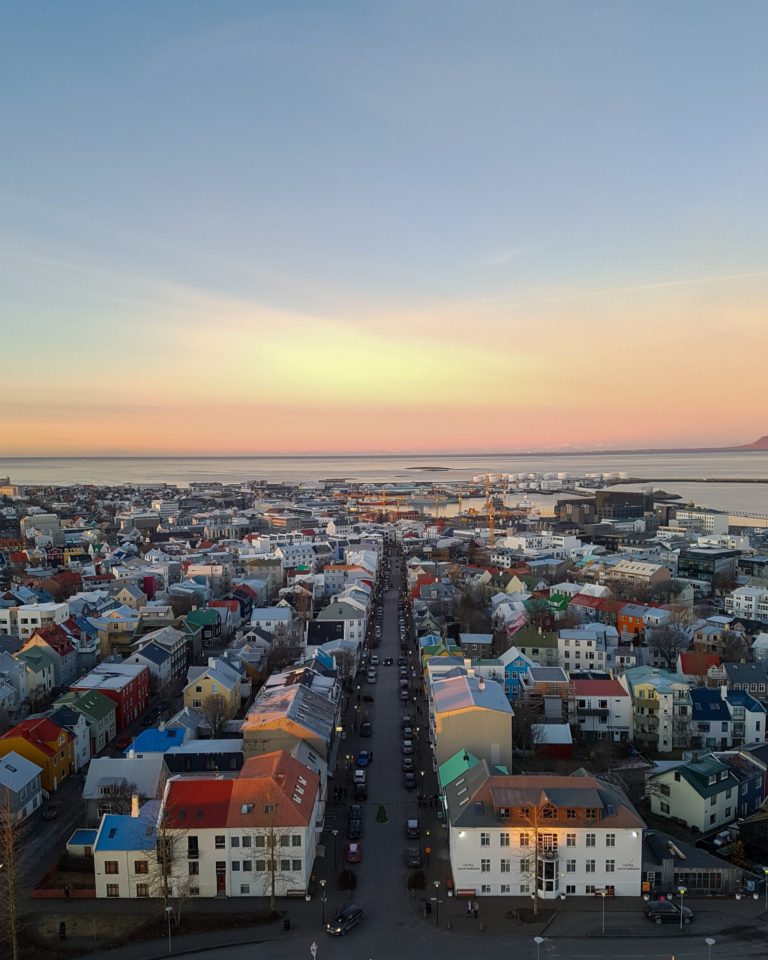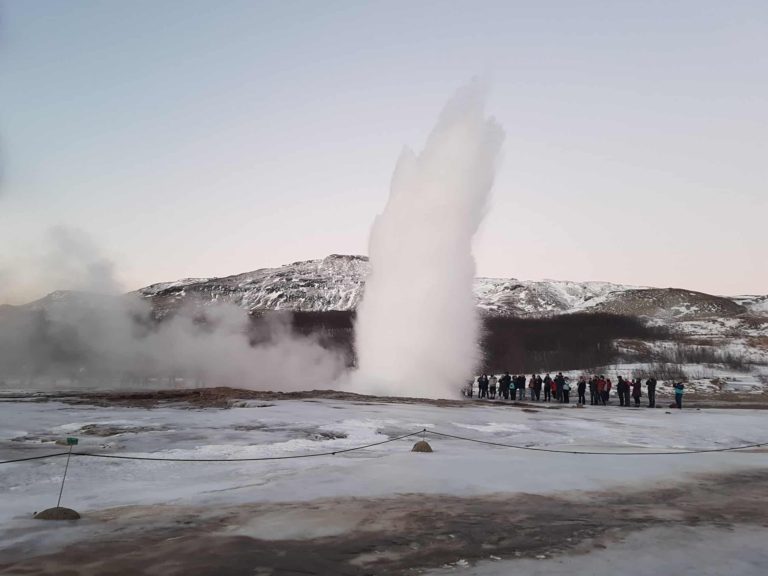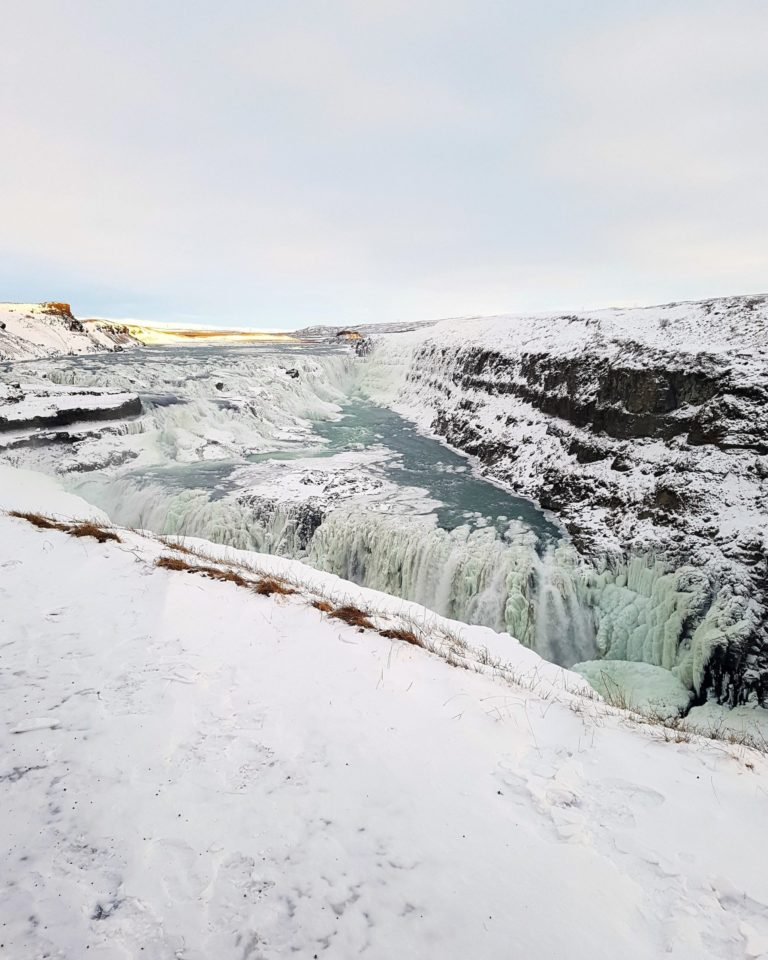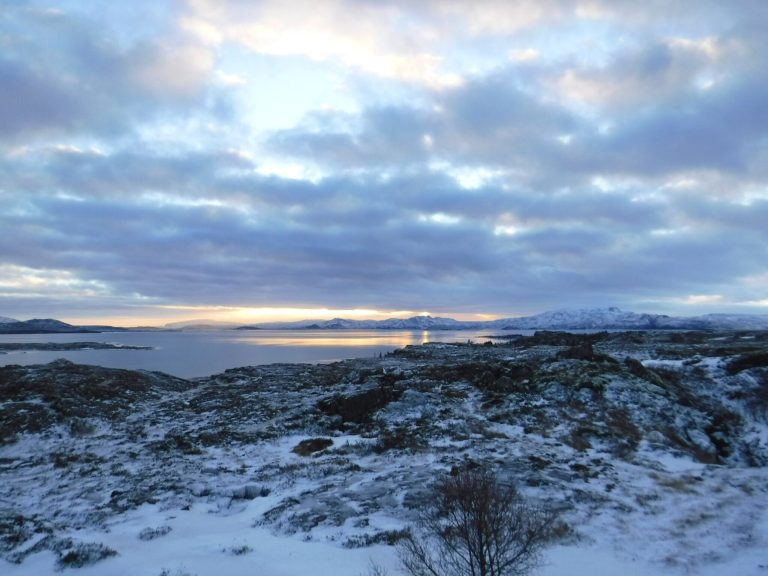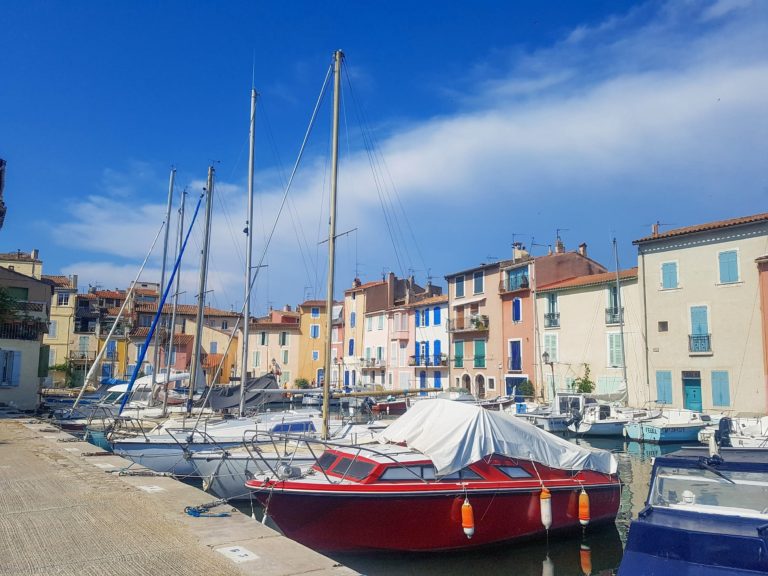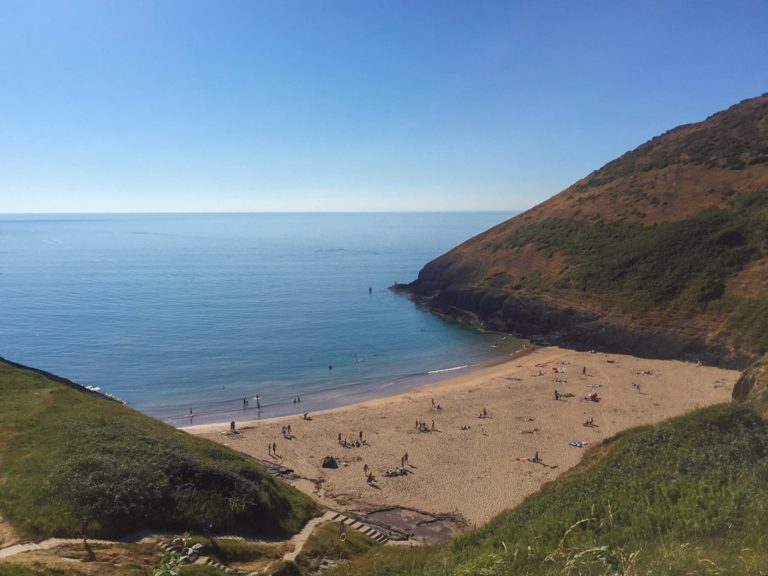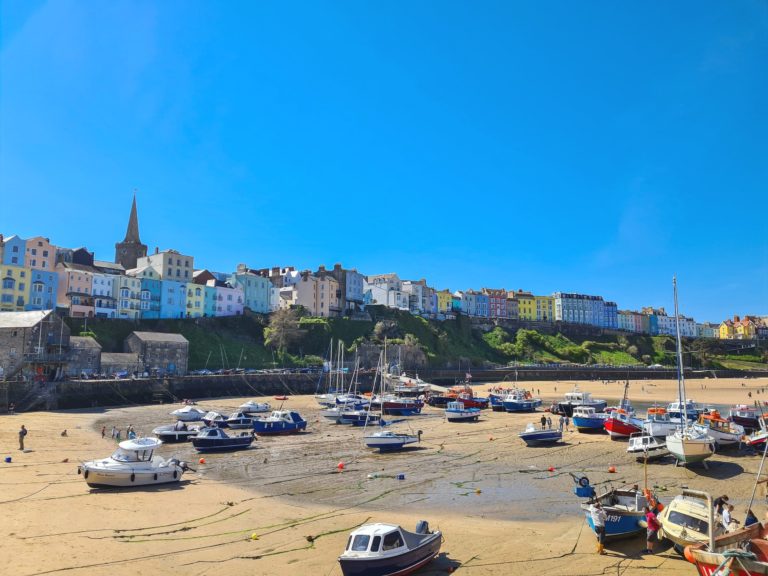The 10 Best Things to do in Tenerife
The 10 best things to do in Tenerife, how to get here, what to eat, where to stay, an interactive map and more!
(Updated 2024)
This post may contain affiliate links, which means we might earn a small commission on anything purchased through these links at no extra cost to you. Learn more on our Disclaimer page.

Tenerife is the largest of the Canary Islands and a popular holiday destination, with approximately five million tourists visiting Tenerife each year. Located in the Atlantic Ocean around 100 kilometres west of Africa, Tenerife has pleasant weather all year round and a varied landscape. There is so much to explore, including black sand beaches, volcanic craters with petrified lava rivers, dolphin and whale watching tours, swimming and snorkelling, lush forests and the Machu Picchu of Tenerife: Masca.
Time needed: 7 days.
When to go: May-June & September-October for nice weather and to avoid the crowds.
Weather: 10-15°C in Winter and 20-30°C in Summer.
Language: Spanish.
Currency: Euro.
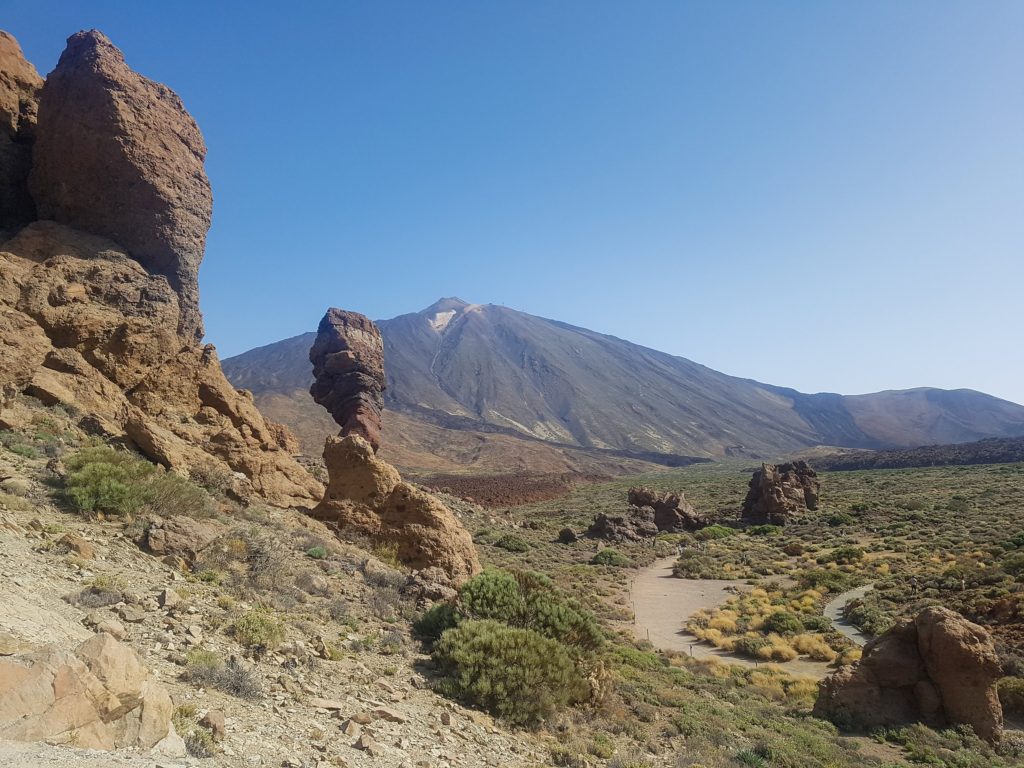
Things to do
1) Teide National Park
Parque Nacional de las Cañadas del Teide, or Teide National Park, has an area of 19,000 hectares (47,000 acres) and is characterised by a landscape of lava flows, craters and volcanoes. Declared a national park in 1954, it is home to the fourth-highest volcano in the world, Mount Teide. Standing at 3,718 metres above sea level, Mount Teide’s summit is the highest point in Spain and the highest point above sea level of all the islands in the Atlantic. The area was named a World Heritage Site by UNESCO in 2007 and is the most visited natural wonder of Spain, as well as the most visited national park in Spain and Europe. Mount Teide is an active volcano, with the most recent eruption having occurred in 1909. Entrance and parking is free throughout the park but fills up quickly in the summer months.
The easiest way to visit is on a full day tour which provides round trip transfers, a knowledgeable local guide and takes you to 4 distinct geographical areas including El Teide, Icod de los Vinos, Garachico, and Masca. It’s also possible to visit Teide National Park Stargazing Experience, which offers you a unique perspective of the volcanic park and its starry sky. And Mount Teide Tours with Cable Car Tickets are also available. Hiking to the summit of Mt. Teide can only be done with a special permit. You can book a Mount Teide Summit Guided Hiking Tour here.
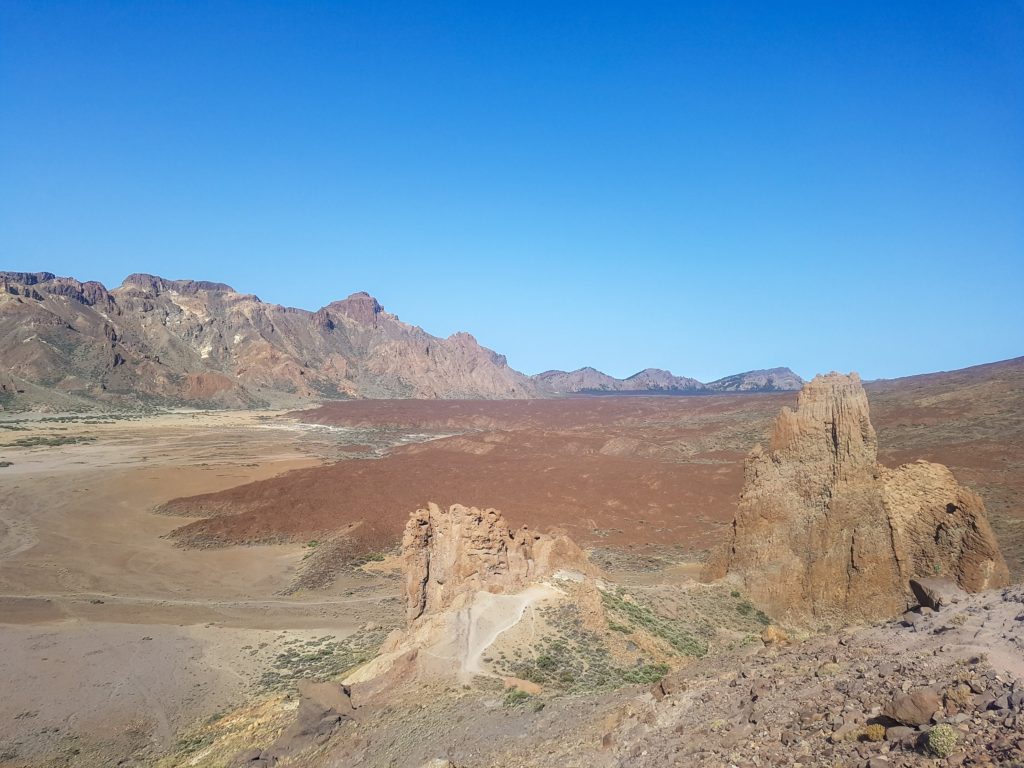
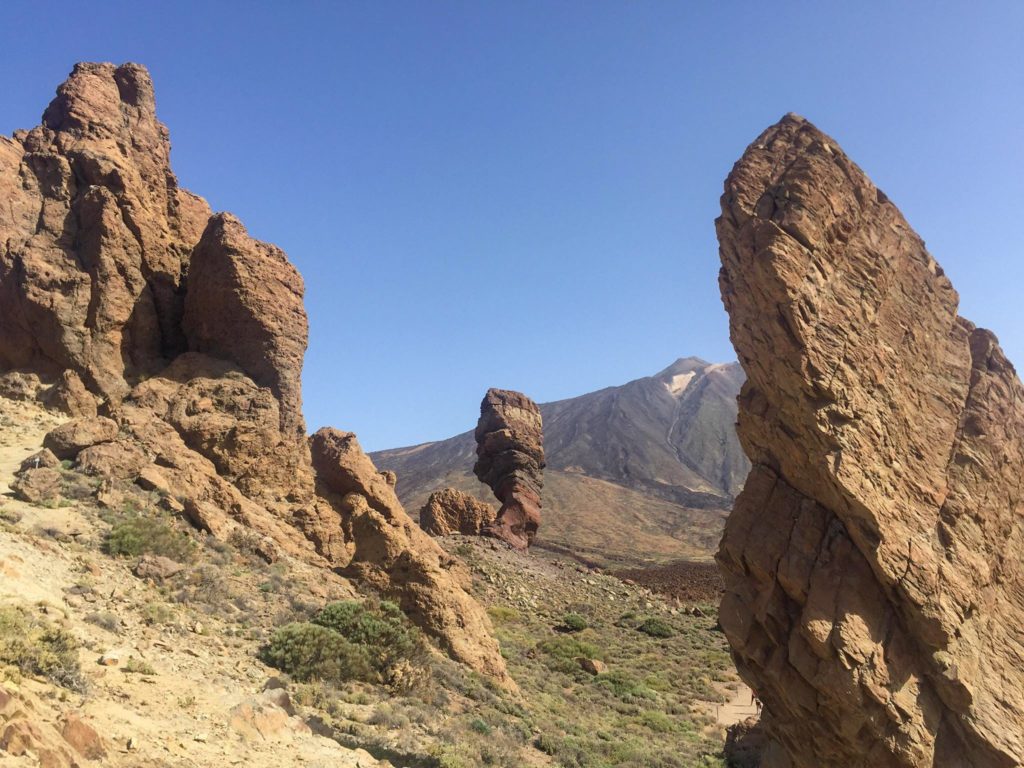
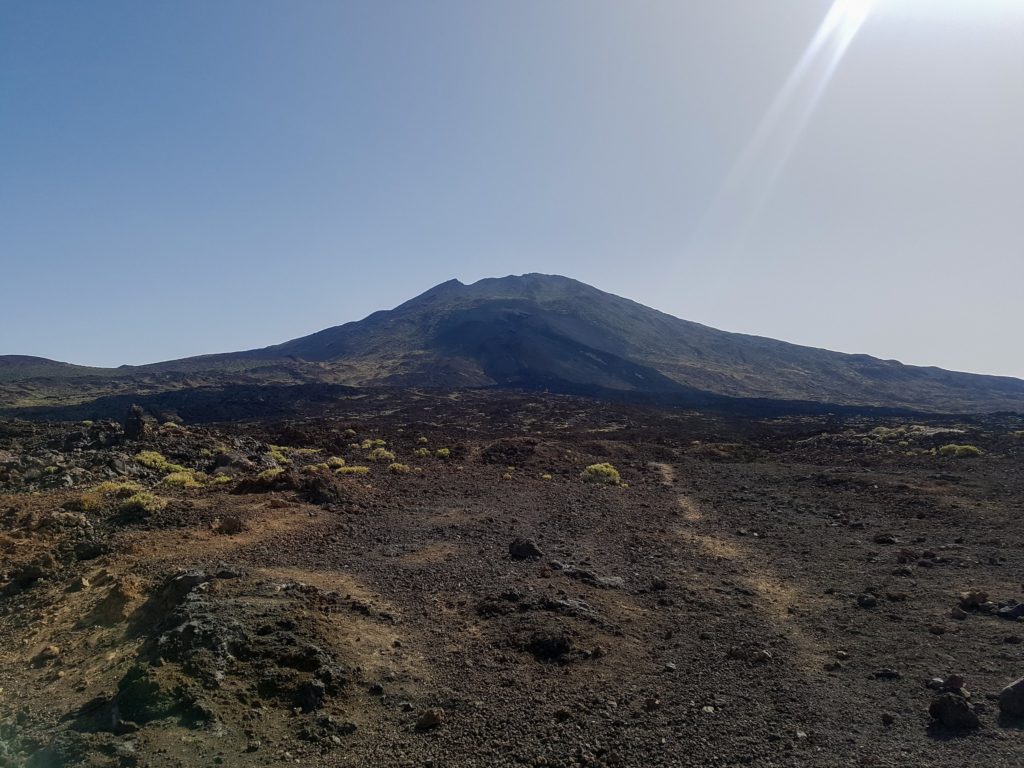
2) Masca
Masca is a small village set within the hillside of the Macizo de Teno mountains and one of Tenerife’s most beautiful villages. It was originally a Guanche settlement (the indigenous people of Tenerife), before the Spanish conquest in 1496 and is now home to only around 90 people. There wasn’t a road here until 1991, leading to the village being known as the ‘forgotten village’. It lies at an altitude of 650 metres high and is accessible by a winding road of tight hairpin bends. Legend says Masca used to be a pirate hideout, although this has never been proven. The view from the village is breath-taking and you can actually hike down to the sea on a 6 hour round trip.
Described as the Machu Picchu of Tenerife, all that used to be here was a bar and a tiny church (so small it only fits 8 people) but now a few restaurants have opened to cater to tourists. Masca can be visited on a day trip to two of Tenerife’s most picturesque villages.
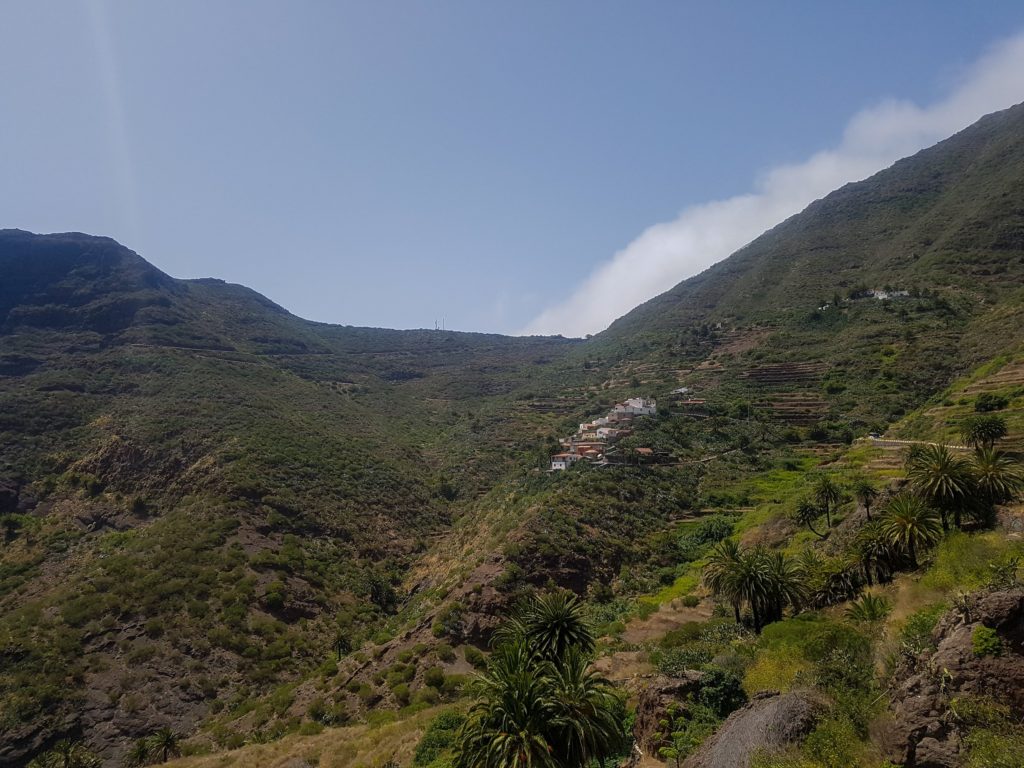
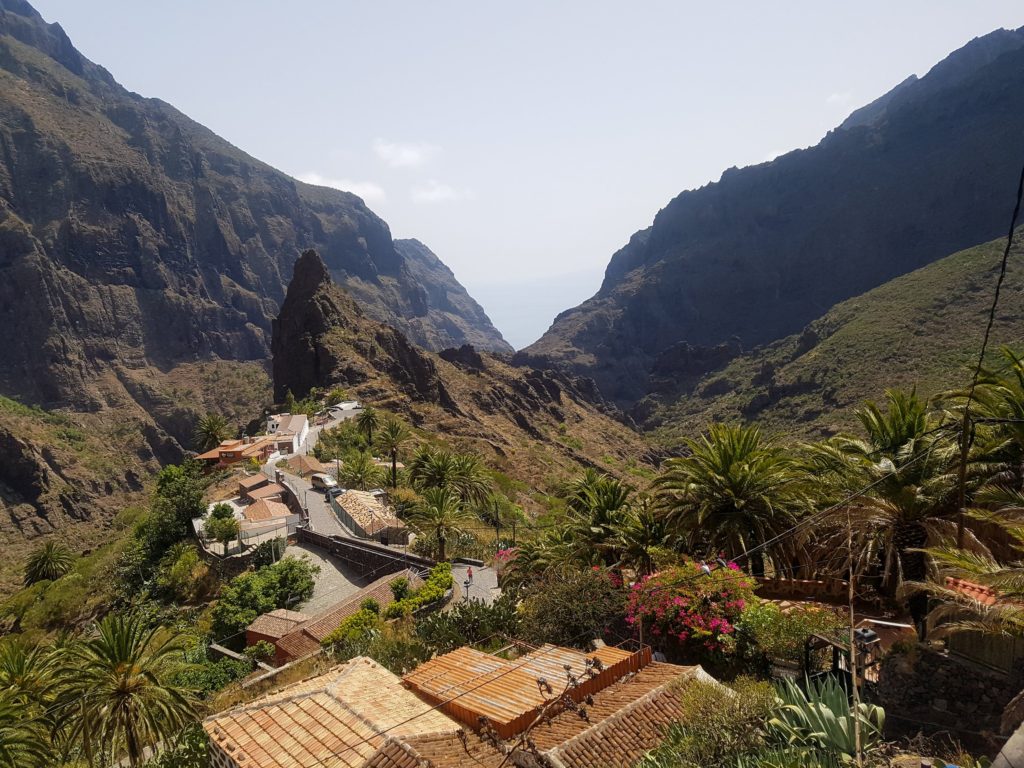
3) El Drago
El Drago is the oldest and largest living specimen of dracaena draco (dragon tree) in Tenerife. Situated in the northern town of Icod de los Vinos, El Drago is said to be 1000 years old. The tree is a symbol of Tenerife and was declared a national monument in 1917.
Dragon trees earned their name because, when the bark or the leaves are cut, they secrete a red coloured resin, which is said to be the dried blood of dragons. This ‘dragons blood’ apparently has healing properties and was extracted on an industrial scale until the trees were declared a protected species.
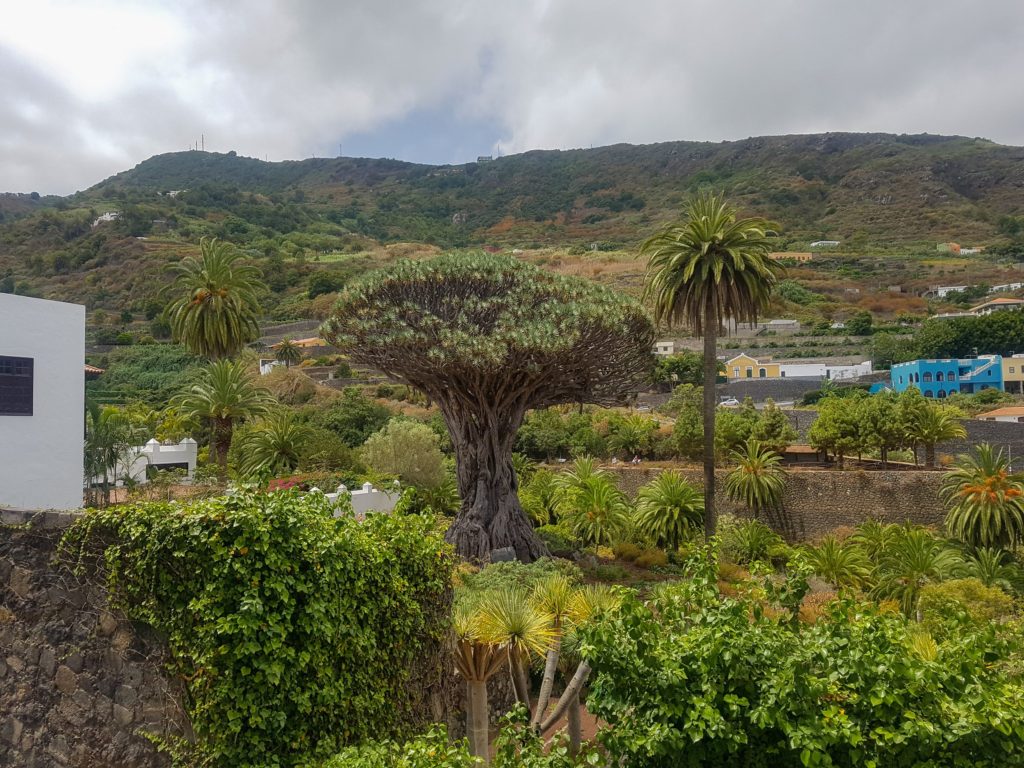
4) San Cristóbal de La Laguna
La Laguna is the ancient capital of the Canary Islands and its historical centre was declared a World Heritage Site by UNESCO in 1999. The old town is full of old churches, taverns, street musicians and 15th-17th century architecture. History buffs will love the Museum of the History of Tenerife, while science lovers will enjoy the Museum of Science and the Cosmos.
5) Los Gigantes Cliffs
Los Gigantes is a hilly resort town known for its giant rock formations. They rise from the sea to heights of 800 metres and give the town its name: The Giants. It is the perfect base for a trip to Tenerife with lots to do, from shopping to beaches, bars and a marina where boat trips depart.
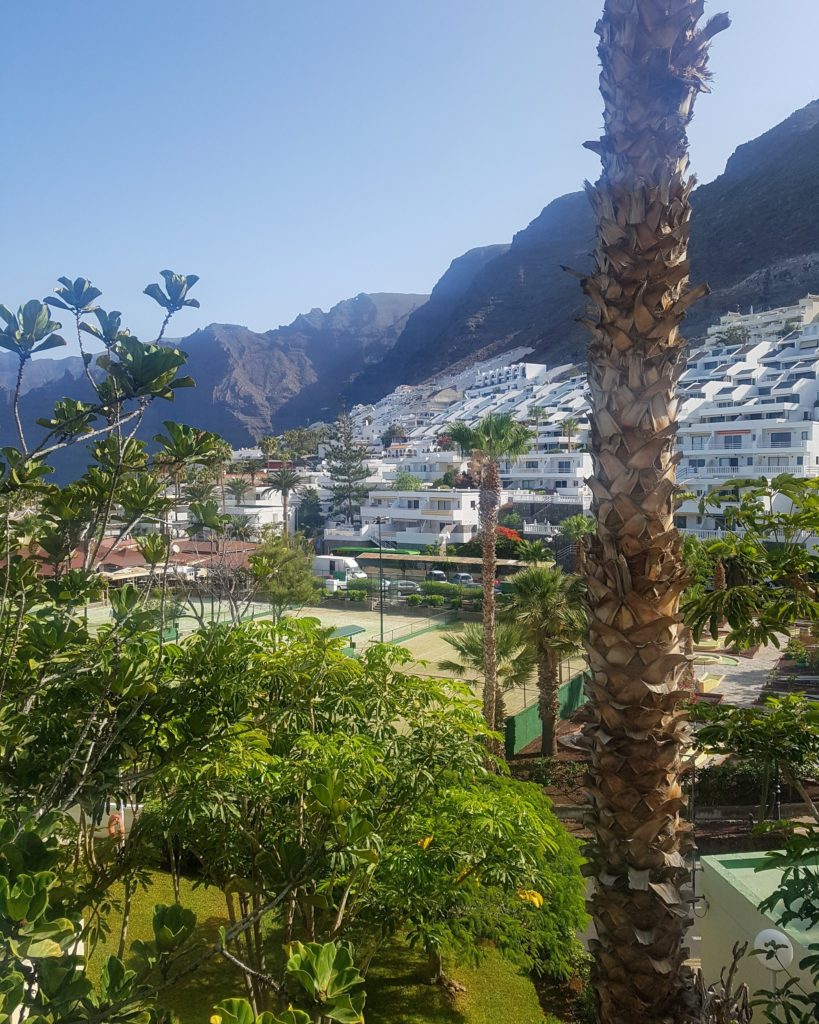
6) Natural Pools
These naturally formed pools sit by the ocean and are great for swimming. They can be found around Tenerife and are free to access. Although some councils have taken steps to make these pools safer, swimming in them can still sometimes be dangerous as they are right by the open ocean. Always be careful and research the tide times to make sure you stay safe.
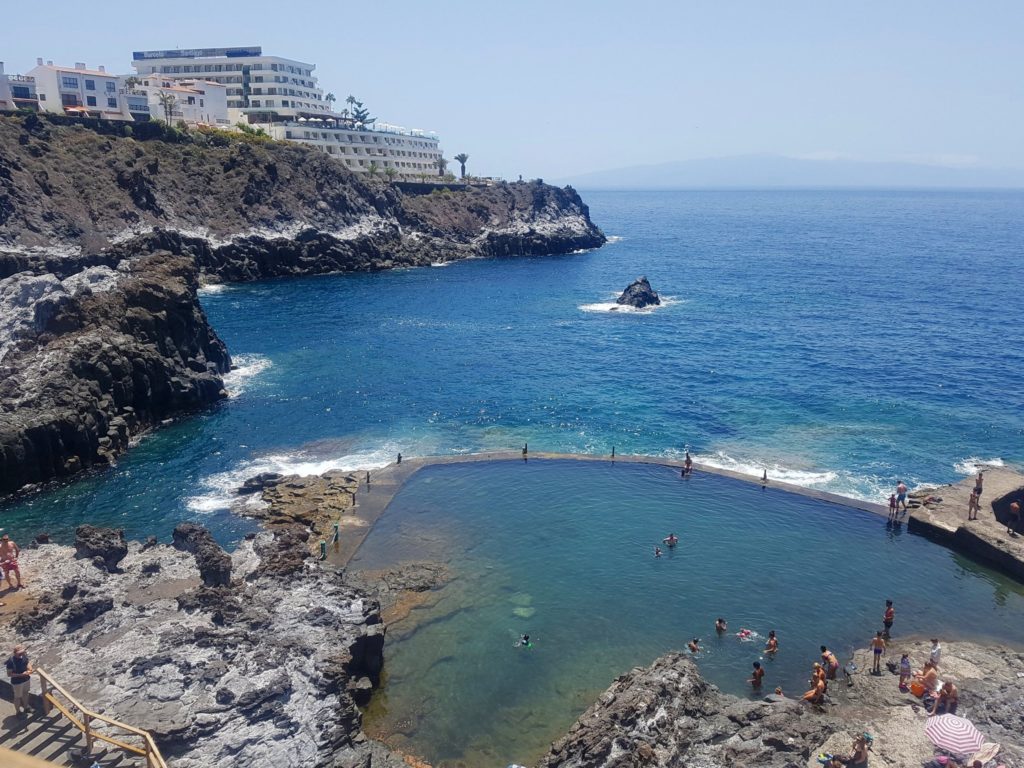
7) Siam Park
Fun for all the family, Siam Park is the best water park in the world, according to TripAdvisor. Featuring Siamese architecture, the park was opened by the Princess of Thailand Maha Chakri Sirindhorn in 2007. With over 20 rides and attractions, as well as restaurants, a lazy river, beach, pool, shopping market and champagne club, Siam Park makes for a great day out. You can buy tickets for Siam Park here.
8) Relax on the Beach
It’s not a summer holiday without a relax on the beach! Many of Tenerife’s natural beaches are made up of black sand, a result of years of volcanic activity. There are some golden sand beaches on the island too and they have a surprising origin. These beaches have been specifically built for tourism and have sand shipped in from The Sahara Desert.
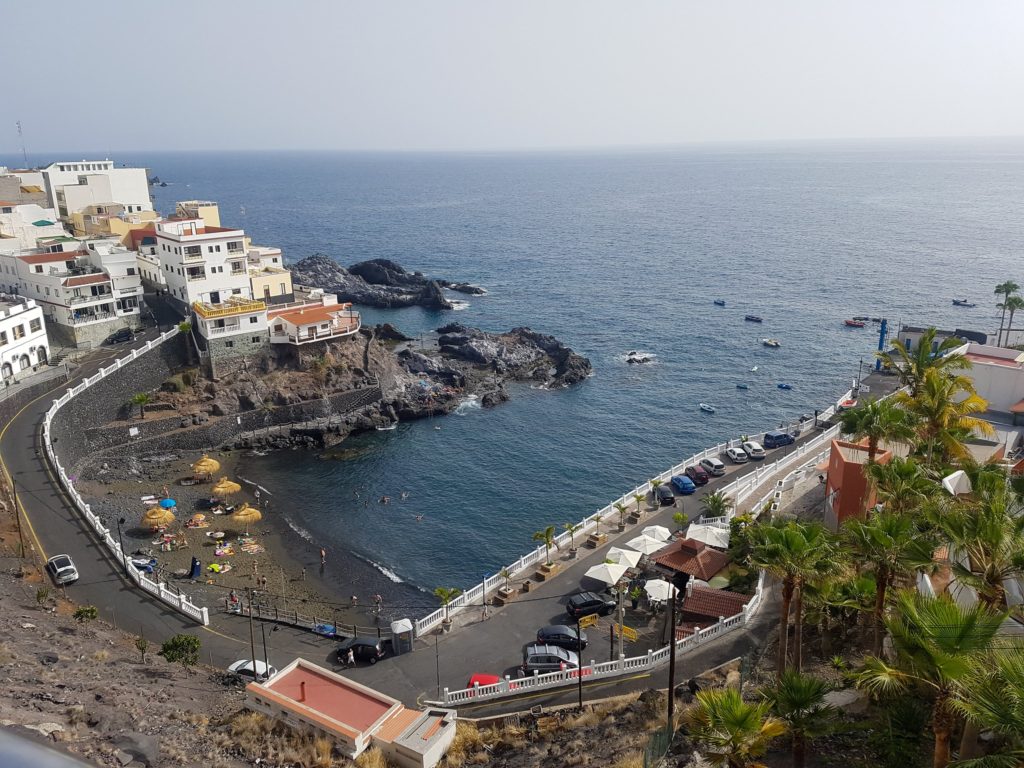
9) Dolphin and Whale Watching
Many people don’t know this but the Atlantic ocean, where Tenerife is situated, is one of the best places in the world to spot dolphins and whales! Over 20 species of dolphin and whale can be spotted here, including Blue Whale, Sei Whale, Humpback Whale, Minke Whale, Fraser’s Dolphin, Risso’s Dolphin, Orca, False Killer Whale, Dwarf Sperm Whale, Pygmy Sperm Whale, Gerval’s Beaked Whale, True’s Beaked Whale, Northern Bottlenose Whale and Cuvier’s Beaked Whale.
Taking a boat trip gives you the best chance to see short-finned pilot whales, which is the most commonly sighted cetacean in Tenerife. Make sure to book with a boat company who have the whale watching certification, meaning they comply with regulations to protect the pilot whales. Look for boats bearing the Barco Azul/Blue Boat flag (a yellow flag with a life ring in the middle depicting a mother and calf pilot whale and reading Barco Azul Blue Boat). Boats have up to 15 minutes with the whales to minimise disruption, but this is still plenty of time to take in the amazing encounter. You’ll also see a lot of Tenerife’s coast and some tours also offer a snorkel stop (we saw 2 green turtles too!). The best time for whale watching is between November and February, but cetaceans can be spotted all year round.
Here are a few eco-certified companies we’d recommend:
From Los Gigantes: Whale and Dolphin Watching Cruise with Lunch
From Los Cristianos: No-Chase Whale and Dolphin Cruise
From Santa Cruz de Tenerife: Whale and Dolphin Tour with Underwater Views
From Adeje: Whale and Dolphin Watching Cruise with Lunch
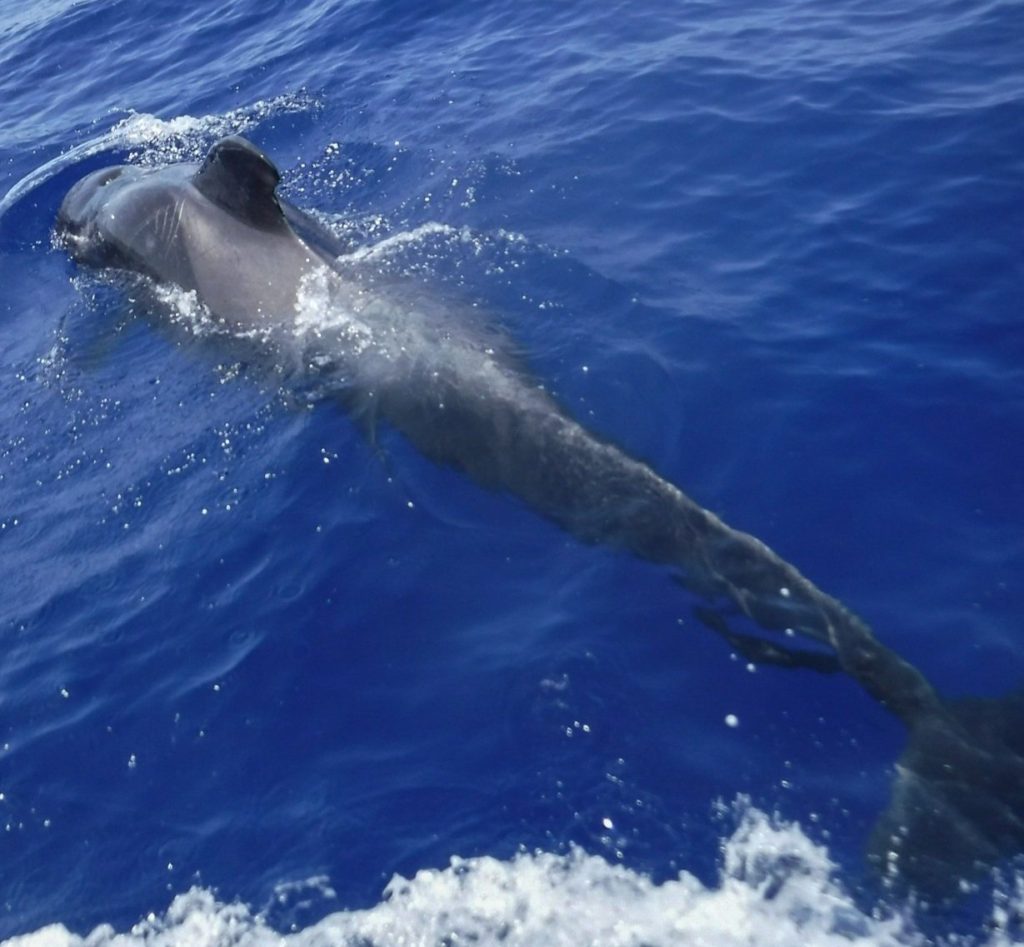
Did you know that pilot whales:
- are actually a species of dolphin and the second-largest dolphin in the world, after orca
- are also called blackfish or pothead whale
- range in size but males are usually around 5.5 metres and females 3.7 metres
- eat fish but prefer squid
- received their name due to the belief that the pod follows a single leader
- travel in large matriarchal pods
- are very social animals, and stick in pods with typically 10-20 individuals, but up to 100
10) Food
It wouldn’t be a Thoroughly Travel Top 10 without us recommending trying the local cuisine! Spain has some incredible dishes you must try on your trip, including local seafood, mojo (sauce), papas arrugadas (wrinkled potatoes), goats cheese, tapas (a selection of small, savoury dishes) and of course paella (a rice dish with saffron and seafood or meat). Our favourite restaurant was La Pergola in Los Gigantes.
Coffee lovers can enjoy a barraquito, a small, multi-layered coffee liqueur drink. And everyone should try cactus ice cream! This bright pink ice cream is made from Prickly Pear, a type of cactus and served with palm honey, which is actually a syrup made from the sap of palm trees. It’s quite sweet, but the cactus and palm honey really balance each other out.
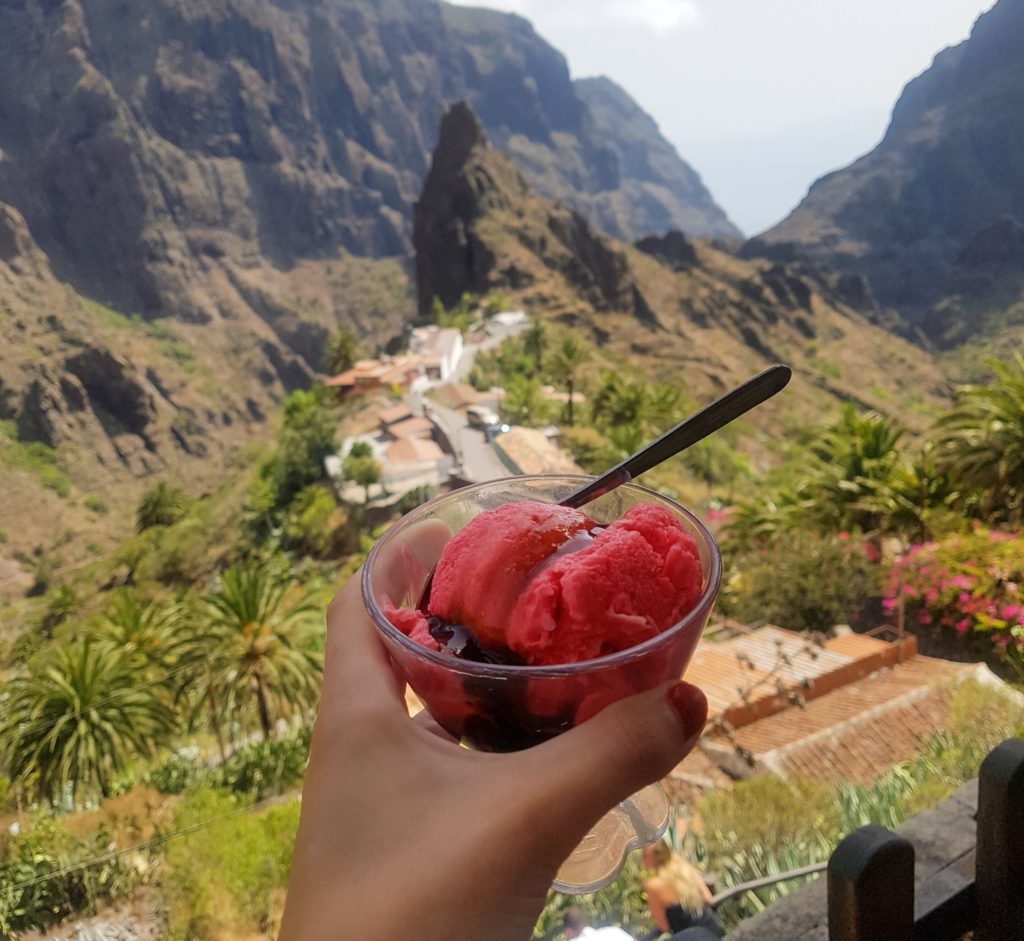
You may find Loro Parque on some to-do in Tenerife lists. This theme park turned zoo was owned by SeaWorld until 2018 and features dolphins and whale shows. We personally don’t agree with keeping marine animals in captivity and would urge you to do your research first before deciding if this is an attraction for you. If you are interested in seeing marine animals up close there are plenty of ethical boat companies in Tenerife to choose from, who can take you out to see these magnificent creatures in their natural habitat (check number 9 on this list).
Interactive Tenerife Map
Read next:
The Thorough Guide to South East France
The Thorough Guide to Pembrokeshire
The Thorough Guide to Iceland’s Golden Circle
Check us out on social media!
